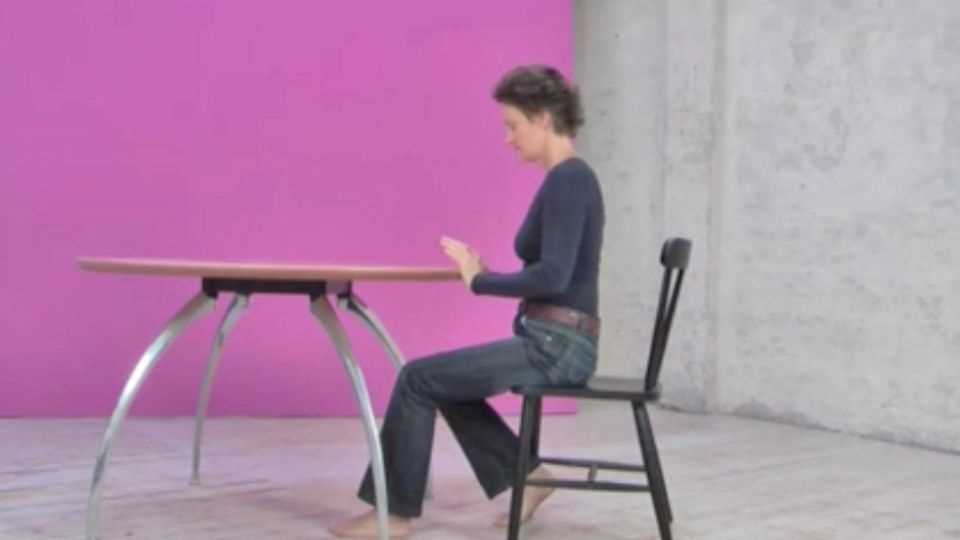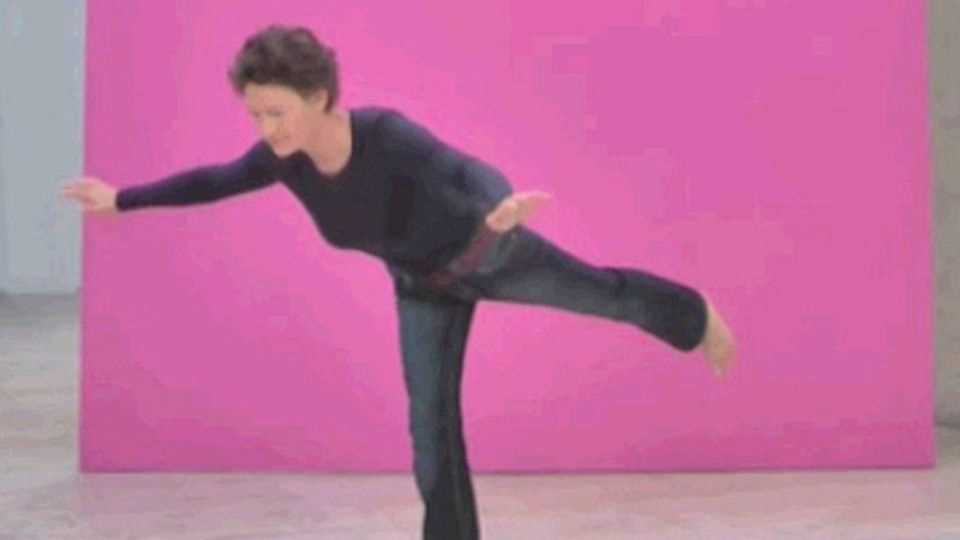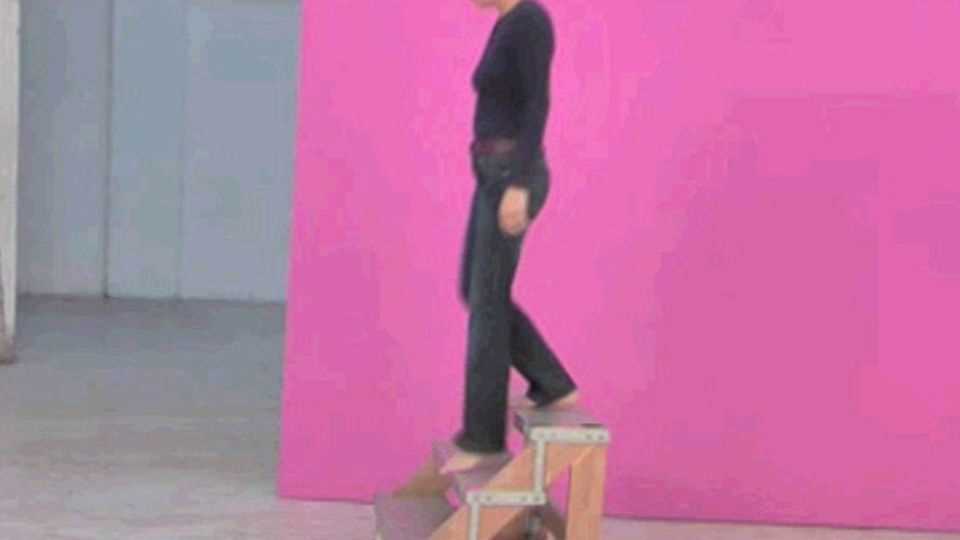Why is the pelvic floor so important?
Well trained biceps – this is what many women dream of. There are muscles in our body that are far more important. For our health, our energy, our charisma and our joie de vivre. But these muscles work in secret, unnoticed and taboo – our pelvic floor muscles.
Even those who know them usually don’t care about them. Only when it slacks do we notice what it does for us every day. Because the palm-sized, three-layer musculature of our pelvic floor can do much more than effectively close our pelvic outlet. “The pelvic floor (pelvic) is the power center in the middle of our body,” says Irene Lang-Reeves, a qualified biologist and alternative practitioner with many years of experience in body psychotherapy. “If you activate it, you can completely change your life. You become more productive and fitter, you feel better and you just feel younger.”
The pelvic floor connects feet and legs with the upper body and straightens us up. These muscles around the pubic bone are the key to all of our movements, to good posture, dynamism, stable balance and harmonious coordination – even during sex. If it is disturbed in its function or is only working properly to a limited extent, this can have consequences for the whole body.
Information about the pelvic floor: tension in the whole body
If it is strong and active and if we do pelvic floor exercises regularly, healthy tension builds up in the whole body. Our movements are fluid, we stand firmly on the ground, but our shoulders are relaxed, open and free upwards. “If I consciously move out of the pelvic floor, the tone of the entire core muscles changes,” said Irene Lang-Reeves’ expert advice. “In two seconds the stomach is flatter, the inner thighs are lifted. I am more dynamic, feel better and look better immediately.”
Such an attitude not only exudes beauty and strength, it also makes you more psychologically resilient, more stable, more relaxed. And it supplies us with energy. Not new to the Asian movement theory. Whether yoga, qigong or aikido, they all use the active pelvic floor – even if they call this force differently – to improve the flow of life energy. “Measurements have shown,” says the expert, “that targeted tensioning of the Pc muscle (pubococcygeus muscle) in the pelvic floor allows more energy to flow through the spinal cord to the brain. An active pelvic floor works like a kind of dynamo – it charges through movement the whole body. “
Pelvic floor training in focus
Reason enough to train the pelvic floor muscles regularly. It is best to do this before the first weaknesses appear – especially before the drop in estrogen in the menopause makes it too slack and incontinence threatens a prolapse of the bladder or a sagging uterus. And preferably in such a way that the pelvic floor training can be integrated into everyday life. Walking, climbing stairs, lifting boxes, gardening, all of these can train the pelvic floor once we have got a feeling for the necessary tension there. In the beginning it therefore makes sense to consciously take some time to practice in order to get to know this unknown area of the body better.
Pelvic floor training: 7 exercises with videos to do it yourself
The seven exercises for pelvic floor training in the program that Irene Lang-Reeves put together especially for BRIGITTE WOMAN are perfect for this. Much of it is suitable for everyday use, it can be conveniently completed later in between. In all exercises, the pelvis should be firm while the upper body, shoulders and neck remain free and light. If you have the feeling that you are being pulled up when you tighten your pelvic floor, you are doing exactly the right thing.
However, if you think you are getting smaller during pelvic floor training and feel squeezed, use your abdominal muscles instead of tensing the muscles in the pelvic floor. Then less is more: it is better to only tighten it with half the force and increase it slowly. “The exercises should feel powerful, but never uncomfortable,” says the pelvic floor expert. “Anyone who discovers ‘lust for strength’ has won. Activating our power center is really good even when practicing.”
1. The dancer
- Sit on your chair, your upper body is straight and only slightly leaned forward, your feet are hip-width apart, your right leg is slightly outward. The body is on the go. This dynamic position automatically activates your body base.
- You can intensify this effectively: Breathe in.
- Then, as you exhale, pull your ischial tuberosities together, consciously tense the pelvic floor and push yourself powerfully up from your feet into a standing position.
- After getting up, you immediately take a step forward to the side. This creates a flowing rotating movement.
- When you sit down again, put your left leg outward.
- Repeat the process ten times on each side.
The more you use the strength of your muscles in the pelvis, the easier this exercise is. You feel energetic and alive.
2. Table time
- Take a seat in front of a table. It should be so heavy that it cannot simply be pushed away.
- Sit back on the front edge of the chair with your back straight, your pelvis tilted slightly forward, your feet in a step position.
- Inhale and put your hands on the edge of the table.
- Exhale, pull your ischial bones together and press firmly against the table. Your body’s center of gravity should be on the pelvic floor, shoulders and neck remain relaxed. The feet are allowed to work.
- When you inhale, you release the pressure.
- The next time you exhale, try to pull the table toward you.
- Repeat this exercise alternately ten times for the pelvic floor.
This exercise for the pelvic floor can be done well in between at the desk. If you want to strengthen it, you can hold pressure and pull a few breaths each – maybe even with the maximum possible force. But always stay relaxed in the upper body.
3. butterfly
Strength exercises while lying down are ideal for building muscle!
- Lie on your back and stand up. The neck is long, if necessary you can put a flat pillow under your head.
- Let your legs fall apart loosely in a straddle, the soles of your feet lie against each other. This tackle doesn’t have to be very wide. If you have problems with your hip joints, you should pack pillows under your knees.
- When you lie comfortably, you breathe deeply and relaxed into your stomach.
- As you exhale, you consciously nestle your lower back against the floor, tense your pelvic floor vigorously – the ischial tuberosities strive towards each other – and press the soles of your feet together.
- The next time you inhale, relax again. Repeat this movement ten times.
- Then give your pelvic floor a little break before doing a second round.
4. Heel power
Another strength exercise:
- Again you lie comfortably on your back, your legs hip-width apart, your thighs and lower legs form a right angle.
- Put your heels on with your toes pointing up.
- Take a deep breath in your stomach.
- As you exhale, you nestle your lower back against the floor, tense the pelvic floor, push the ischial tuberosity towards each other and at the same time push your heels down with force.
- The next time you inhale, you release this tension and the pelvis rolls back.
- Again, do two rounds of ten repetitions each with a small break in between.
5. The cyclist
Now your pelvic floor is activated a little more vigorously.
- Start this exercise like “heel power”.
- After tensing your pelvic floor and pressing your heels straight down, lift your pelvis and right leg – angled as it is – a little off the floor. Your arms are at the side of your body as a support. The pelvis is just tilted, not rolled up, and it shouldn’t wobble to one side as you lift your leg.
- Keep breathing and hold the tension in the pelvic floor for about 20 seconds.
- Then you put your foot down and relax for two to three breaths.
- Repeat the movement with the other leg, a total of five times on each side.
Those who like it more dynamic can ride a bike with the leg up – please in slow motion so that you can keep the tension concentrated. Or you can stretch your raised leg forward and hold it just above the floor. The tension in the pelvic floor should be maintained.
6. Level scales
After strength training, now comes the coordination. Are you good at standing on one leg? Balance exercises are perfect for pelvic floor training. Conversely, it stabilizes the body and helps to keep balance.
- Stand up straight and relaxed, your legs a little apart, your knees slightly bent.
- Activate your pelvic floor, then shift your weight onto your left leg and slowly raise your right leg.
- You bend your upper body straight forward. Make sure that your back does not curve – your pelvic floor would lose its tension as a result. And don’t overstrain yourself: in order to train the pelvic floor, it doesn’t matter how high you stretch your leg. Do not go any further than you can safely stand.
- Try to hold the leg in the air for 30 seconds. If you want to turn and move your leg and foot a bit, that’s fine as well. Or you alternately stretch your leg and pull it back on. If you like, you can also stretch your leg forward.
Just play with this movement – and your pelvic floor.
7th climber
Climbing stairs is the ultimate everyday workout for your pelvic floor:
- It is best to only place your forefoot on the step, tense your pelvic floor and use its strength to push off with the lower foot.
- If it really pulls you up, you’ve got the hang of it.
You will be amazed how energetic and fresh you feel after such a dynamic ascent. This is the best pelvic floor training in everyday life!
